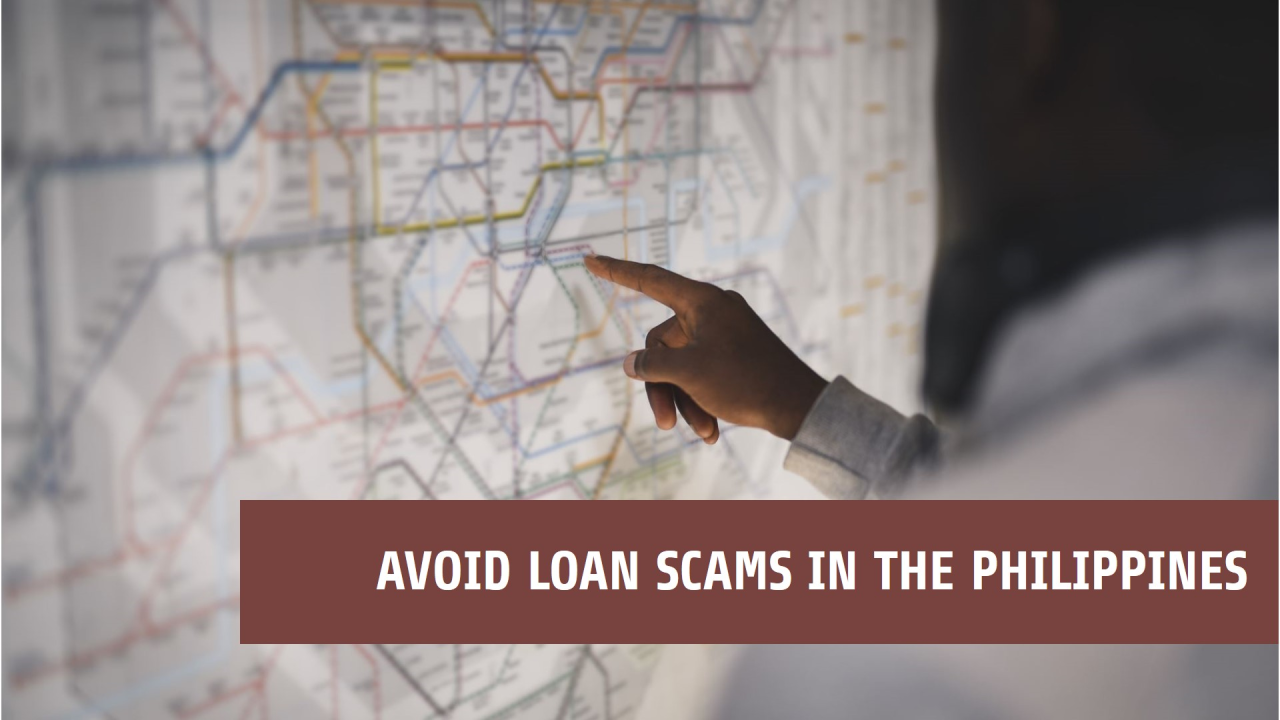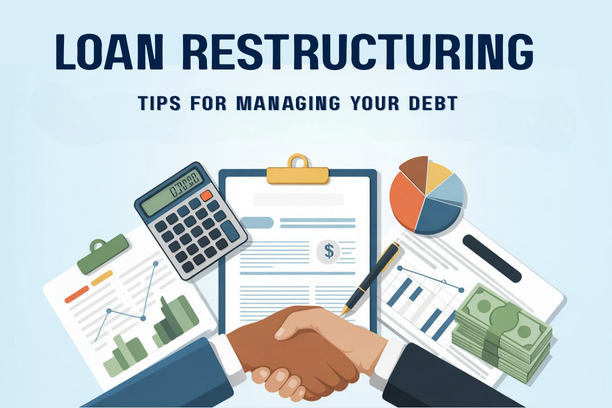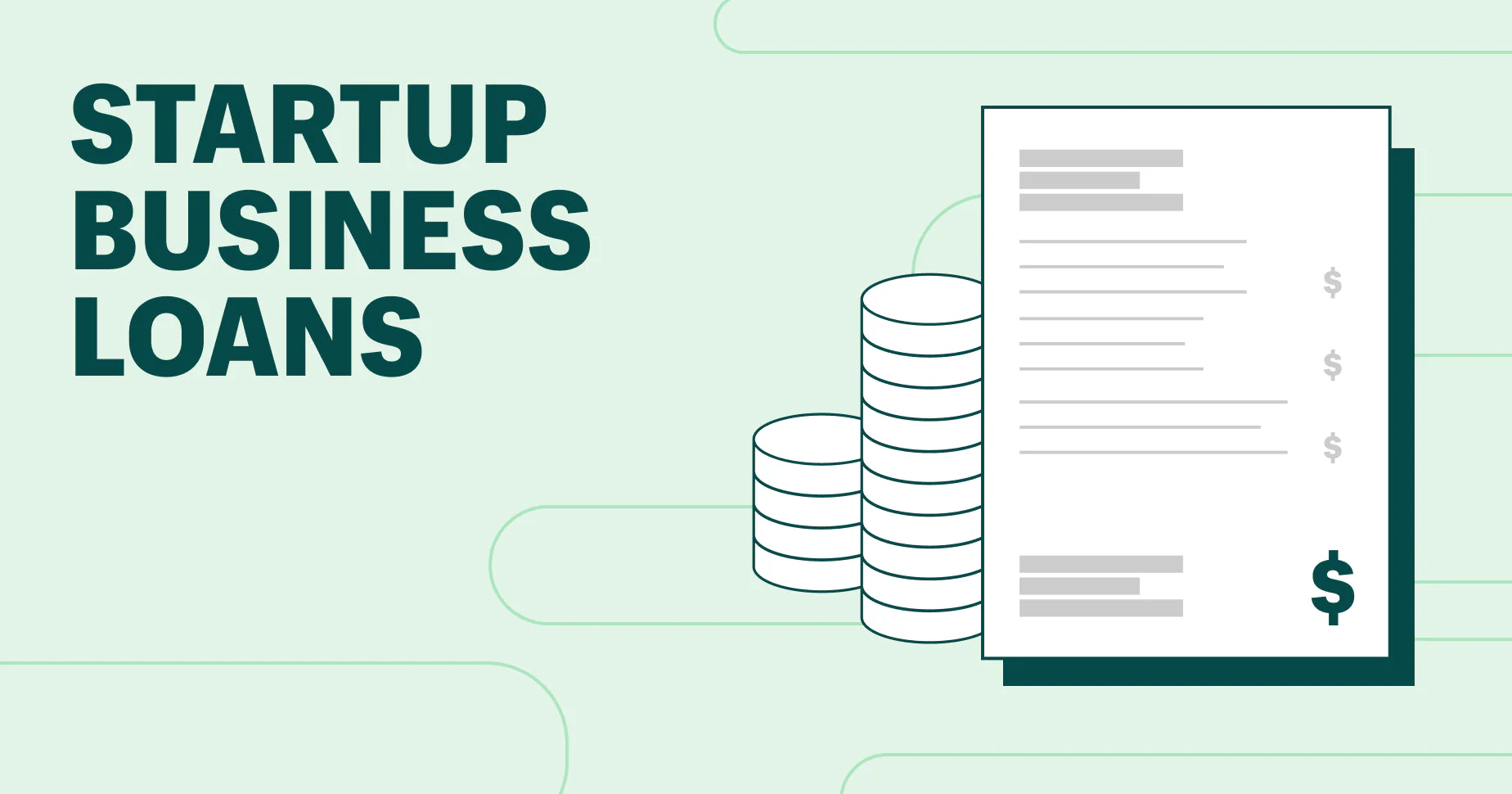For many low-income earners in the Philippines, a financial emergency can quickly become a crisis. A sudden medical bill, a home repair, or an urgent family need can create a significant need for quick funds. Unfortunately, the traditional lending market often has strict minimum income requirements that can exclude these individuals. This makes them vulnerable to predatory lenders who promise fast cash with no questions asked, but at an incredibly high cost. This article is a comprehensive guide to safe loan options for low-income earners, providing a list of legitimate and affordable choices and equipping you with the knowledge to avoid the dangerous debt traps set by illegal lenders.
The Challenges of Borrowing for Low-Income Earners
To find the right loan, it is first necessary to understand the unique challenges faced by low-income individuals in the financial market. These obstacles often make traditional loans inaccessible, pushing borrowers toward less-regulated options.
Understanding the Obstacles in the Loan Market
One of the biggest hurdles for low-income earners is the minimum income requirement set by major banks. For a personal loan, many of the country’s top banks require a minimum monthly income of at least PHP 15,000 to PHP 20,000. This threshold immediately disqualifies a large segment of the population, including minimum wage earners, those in the informal sector, and part-time workers. Without a provable, stable, and high enough income, banks are unable to assess the borrower’s capacity to repay and therefore deem them too high of a risk.
Another significant obstacle is the lack of a formal credit history. Many low-income earners operate primarily with cash, do not have credit cards, and may not have a documented history of borrowing. Without a credit history to review, traditional banks have a difficult time making a lending decision. This lack of data makes it nearly impossible for many to pass the rigorous credit checks that banks perform. As a result, low-income earners are often forced to look for alternatives, which, unfortunately, include informal lenders who charge exorbitant interest rates and microfinance institutions that may have higher fees. These challenges highlight the need for a targeted approach to finding safe loan options for low-income earners.
The Importance of Choosing a Safe and Affordable Loan
While the need for quick cash can be overwhelming, the most important decision a low-income earner can make is to choose a safe and affordable loan. The consequences of borrowing from a predatory lender can be catastrophic. These lenders often charge incredibly high interest rates, sometimes with an effective annual interest rate (EIR) of over 100%, and use hidden fees to trap borrowers in a cycle of debt that is almost impossible to escape. They also resort to illegal and aggressive collection tactics, including public shaming and harassment of the borrower and their families.
A safe and affordable loan, on the other hand, is a tool for financial empowerment. It comes from a legitimate, SEC-registered institution that is transparent about its fees and has fair lending practices. Such a loan provides a temporary solution to a crisis without creating a long-term problem. By choosing one of the safe loan options for low-income earners we will discuss, you not only protect yourself from a debt trap but also begin building a positive credit history, which can open up more financial opportunities in the future. The initial choice of a lender is arguably more important than the loan amount itself.
The Safe Loan Options for Low-Income Earners
Fortunately, there are several legitimate and affordable loan options specifically designed for low-income individuals in the Philippines. These options are often provided by government agencies and non-profit organizations that have a mission to promote financial inclusion.
Government-Assisted Programs: SSS and Pag-IBIG
For many Filipinos, the most accessible and affordable loan options come from the government agencies they contribute to.
- SSS Salary Loan: The Social Security System (SSS) offers a salary loan to its qualified members. The loan amount can be up to the member’s average salary credit, and the interest rate is very low at 10% per annum. The eligibility is based on a member’s total number of contributions. The SSS salary loan is an excellent option for those who are regularly employed and have a history of paying their SSS contributions, providing one of the best safe loan options for low-income earners with a stable job.
- SSS Calamity Loan: In the event of a natural disaster, the SSS offers a calamity loan program for members in affected areas. This loan is designed to provide quick and affordable financial assistance during a crisis, with a very low interest rate and easy repayment terms.
- Pag-IBIG Multi-Purpose Loan (MPL): The Pag-IBIG Fund offers a multi-purpose loan to members who have at least 24 monthly contributions. The loan amount is a percentage of the member’s total accumulated value (TAV), with an affordable interest rate. The Pag-IBIG MPL is a flexible loan that can be used for a variety of purposes, from medical emergencies to educational expenses.
- Pag-IBIG Calamity Loan: Like the SSS, Pag-IBIG also offers a calamity loan for members affected by natural disasters. This loan has a very low interest rate of 5.95% per annum, making it one of the most affordable loans available in the country.
Microfinance Institutions (MFIs) and Credit Cooperatives
Microfinance institutions (MFIs) and credit cooperatives are organizations that provide financial services to low-income individuals and communities who are typically excluded from the traditional banking system. These institutions often have less stringent requirements than banks and have a deep understanding of the needs of their target market.
MFIs offer small loans, often called micro-loans, that can be used for a variety of purposes, such as starting a small business, funding a child’s education, or covering an emergency. These loans are often collateral-free and come with manageable repayment terms. Credit cooperatives, on the other hand, are member-owned and operated. They pool their members’ resources to provide loans and other financial services at very low interest rates. Both MFIs and credit cooperatives are excellent safe loan options for low-income earners who are looking for a community-based, supportive, and affordable lending solution. It is important to research and choose an MFI or cooperative that is legitimate and has a good track record.
The Role of Online Lending and a Cautionary Tale
The digital era has introduced a new class of lenders that can be a great resource for low-income earners, but it is a space that requires careful navigation to avoid predatory apps.
Reputable Online Lenders for Low-Income Individuals
Some SEC-registered online lending apps have a more flexible approach to loan applications, making them a viable option for low-income earners who may not qualify for a traditional bank loan. These apps often rely on alternative credit scoring models, using a user’s mobile data and app usage to make a lending decision.
- Tala: Tala is a popular online lending app that offers small loans with a fast and simple application process. It is a great option for low-income earners as it does not have a strict minimum income requirement and can disburse funds within minutes.
- Maya Personal Loan: For active users of the Maya app, a Maya Personal Loan is a convenient option. The loan is approved based on a user’s transaction history within the app, providing an accessible way to get a loan without a formal credit history.
- BillEase: BillEase offers both personal loans and “buy now, pay later” services, which can be useful for low-income earners who need to make a larger purchase. They have a more flexible application process than traditional banks and are an SEC-registered institution.
These apps are legitimate safe loan options for low-income earners, but it is important to remember that their interest rates can be higher than those of government programs.
The Dangers of Predatory Lenders and How to Avoid Them
The biggest danger in the online lending space is the existence of predatory and illegal lending apps. These apps often prey on low-income earners by promising a “no documents, instant cash” loan. However, these promises are a trap.
Here are the red flags to watch out for:
- No SEC Registration: The app does not have a valid SEC registration number.
- Unrealistically High Interest Rates: The app charges an interest rate that is far higher than the regulated rates.
- Aggressive Collection Tactics: They threaten to publicly shame you, contact your friends and family, and use aggressive language if you miss a payment.
- Hidden Fees: The app is not transparent about its fees, and you discover them only after the loan is disbursed.
Always check the SEC’s official website for a list of legitimate lending companies before you download any app.
Conclusion
Finding safe loan options for low-income earners requires a strategic and cautious approach. While the traditional banking system may be difficult to access, government programs like SSS and Pag-IBIG, along with microfinance institutions and reputable online lending apps, provide a variety of legitimate and affordable solutions. By choosing a lender that is SEC-registered, transparent with its fees, and fair with its practices, you can navigate your financial challenges safely and responsibly, empowering yourself to build a more stable financial future.















